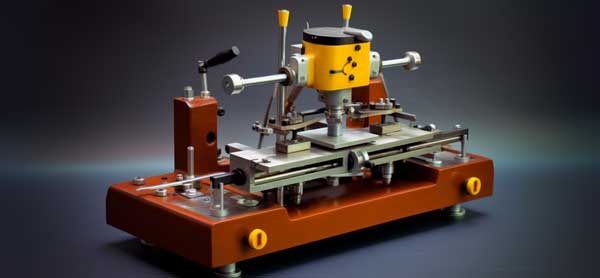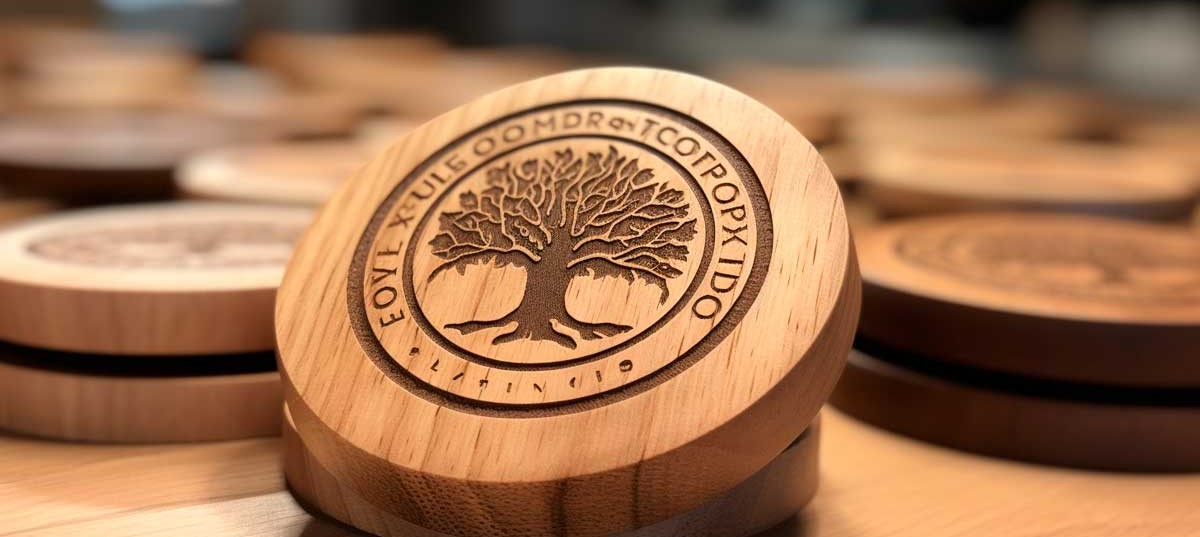What is a digital heat transfer ?
With heat transfer you can print all your designs in full color and in high-quality detail.
Thanks to its adaptability, it provides you with fast and accurate customization of a wide product range.
Heat transfer is a printing technique that has gained a lot of popularity. This customization method provides full-color-printing of photos, designs or gradients among others.
It is a fast and cost-effective printing method, which is also quite versatile. It is usually used by heat transfer onto fabric products such as advertising t-shirts, caps or personalized tote bags.
Digital heat transfer process
Digital heat transfers are perfect for decorating your designs or images onto any textile product. The process consists of printing the design on a heat transfer paper and then fixing it to the customized desired product.
Thanks to heat and pressure, the design is bonded on the selected product. Here are the following steps of this printing method :
Print and cut the artwork
The first step of digital transfer printing involves creating or selecting the desired artwork using a graphic design software.
A desktop inkjet print and a cut machine called a plotter are used to print your design onto a white or transparent paper.
It usually uses special inks that are more resistant to washing than traditional inks.
Cutting out the design
Once printed, a plotter is used to weed out the waste material following the lines previously indicated in the design. This will allow cutting out your design from the heat transfer paper to apply it to the substrate.
A special software can also be used to indicate the plotter how to cut the paper in a more accurate way.
Heat pressing the transfer
After the transfer paper is all set, a heat press is used to transfer the design onto the fabric by applicating heat and pressure.
The heat enables the adhesive part of the paper to permanently bond to the fabric. The heat transfer time and temperature depend on the type of vinyl paper used and the material of the fabric.
With these steps, any design can be printed on the desired textile product in a durable and resistant way. The heat transfer printing process allows customizing items quickly and accurately with bright and vibrant colors and detailed designs.
How good is heat transfer printing ? Pros and cons
Digital heat transfer has a lot of advantages and is one of the most used methods to customize textile products. Its principal pros are :
Full color artwork
This technique allows for high-quality full-color printing designs on any material, surfaces and background colors.
Perfect for short runs
It can be a good option for short runs, even though it has fixed costs, they are not that high, however they can be higher than other printing methods such as sublimation.
High-quality printing
Digital transfer printing provides complex, gradient and vibrant designs and a variety of options to create customized and attractive products.
It enables HD quality so that both simple and complex images can be printed.
Versatility
This technique can be applied to a wide range of textile products, such as t-shirts, hats, bags, customized hoodies and more. Making it an alternative to consider for customizing different types of products according to your needs and preferences.
On the other hand, it is important to mention some cons associated with heat transfer :
No ironing
One of its most known disadvantages to take into account is that printed designs cannot be ironed and are recommended to not be washed at temperatures higher than 40°C.
Durability
With time passing by, it can peel, crack and fade. It is not as permanent as other methods like screen printing.
Shiny plastic texture
The finishing of heat transfer leaves a rubbery feel or surface texture, which can be a cons for people that dislike plastic texture.
What are the main differences between digital transfer printing and sublimation ?
When the time comes to choose between the most accurate printing technique, it is important to consider the differences between digital transfer printing for shirts and sublimation. Both options offer colorful results, but some aspects distinguish them.
Digital heat transfer
Finishing film texture
Can be used to print on cotton fabric
Has a higher cost
Every color can be used except for white
Gradient design possible
Sublimation
Printed directly on the fabric
Due to fusion between inks and the fibers of the fabric, it has a longer life spans and resistance
Tends to be a more economical option
Gradient artwork possible
To sum up, there is not a printing method better than the other, both methods need to be considered when customizing products. Depending on what type of results you are looking to achieve, one of these might offer a better result.
What are the best customized products for heat transfer printing ?
Heat transfer offers a wide range of possibilities, being especially effective on textile materials. It can be applied on both polyester and cotton fabrics. This versatility allows customizing a wide range of products that can be adapted to different needs and preferences.

Customized t-shirts heat transfers
This method is the most used for the customization of t-shirts.
Its smooth, flat surface provides a perfect canvas for printing full-color designs with neat details and vibrant colors, as it provides an optimal photo quality printing of the design.

Tote-bags
The large and wide area of bags offers enough space to print attractive and eye-catching designs.
Heat transfer printing allows the bags to be customized with logos, images or promotional messages, turning them into an effective marketing tool for companies.
How much does a digital transfer printing cost ?
The cost of digital transfer printing can vary depending on several factors, such as the size of the design, the volume of production and the complexity of the design.
However, in general, transfer printing offers a favorable cost-effectiveness. Although it may have a slightly higher price compared to some other customization methods, its versatility and the possibility of printing full-colored designs with high resolution make it a very interesting option for many businesses and promotional events.
Moreover, transfer printing is especially advantageous for small batch quantity or on-demand orders, as it provides unique designs to be printed quickly and efficiently. This basically means that large production volumes are not necessary to achieve quality results.
To sum up
Heat transfer is a method that offers companies the opportunity to make their promotional gifts stand out in a unique and personalized way. Thanks to this printing technique, it is possible to create eye-catching customized products that leave a long-lasting impression.
Obtaining designs with different colors, a high level of quality and details makes it possible to convey your brand identity in a striking and original way. Whether at events, trade shows, or as promotional giveaways, it offers a unique opportunity to stand out from the competition. In addition, its versatility in customizing all types of textile products and its affordable cost make it an interesting option for companies of all sizes.


